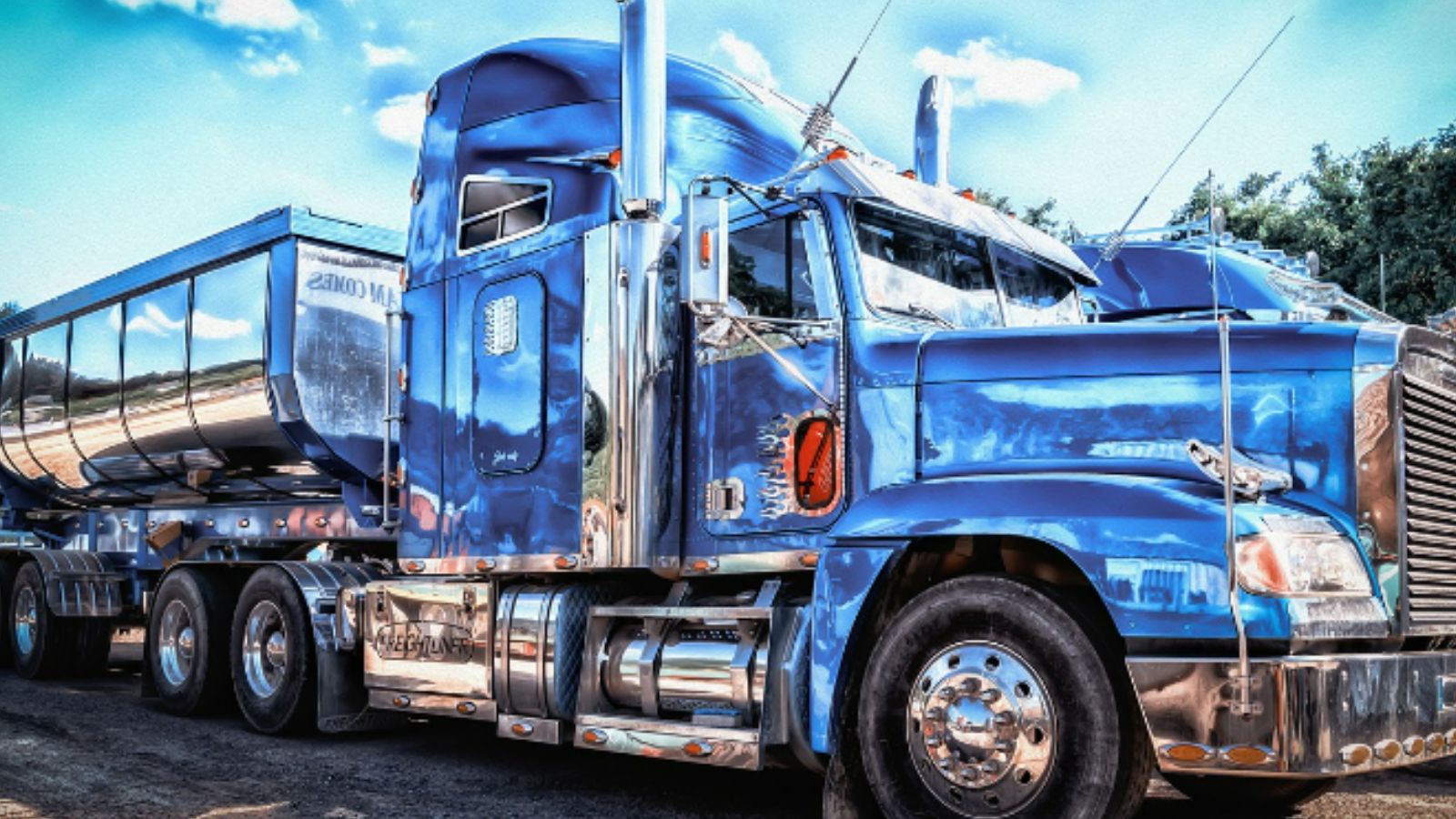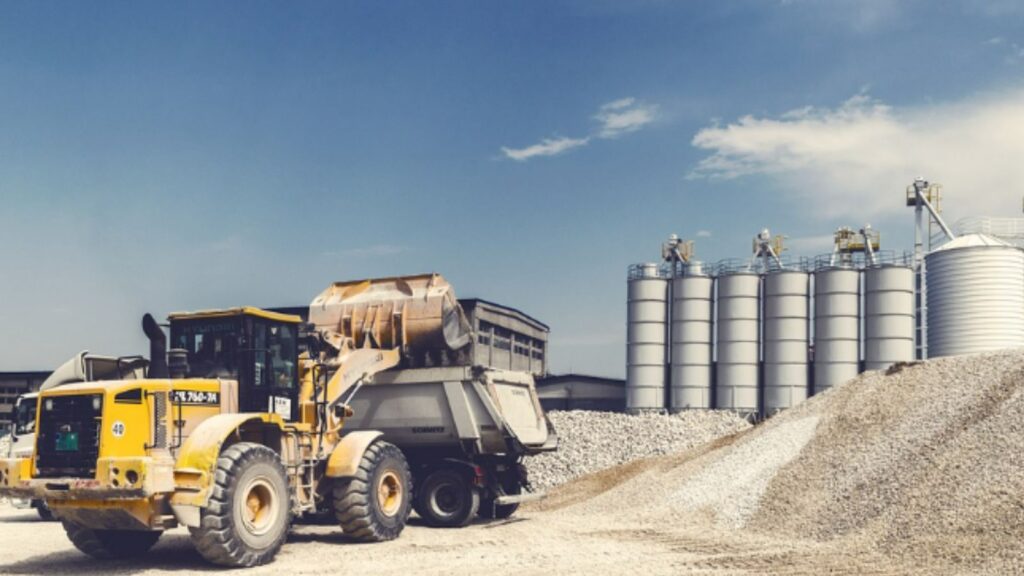Construction zones are essential for maintaining and improving our infrastructure, but they also pose significant risks, particularly for large trucks. The combination of narrowed lanes, shifting traffic patterns, and the presence of construction workers can create a hazardous environment where accidents are more likely to occur. Understanding the common causes of truck accidents in construction zones and implementing effective strategies to address them is crucial for improving safety for everyone involved. In this blog post, we’ll explore the main factors contributing to these accidents and discuss actionable steps that can be taken to mitigate the risks.
Inadequate Signage and Poor Visibility
One of the leading causes of accidents in construction zones is inadequate signage and poor visibility. When it comes to truck accidents in construction zones, these construction zones are often marked by temporary signs, cones, and barriers, but if these are not placed correctly or are not visible enough, truck drivers may not have sufficient warning to adjust their driving accordingly. This can lead to sudden braking, swerving, or even collisions with barriers or other vehicles.
To address this issue, construction zones must be equipped with clear, well-placed signage that is visible both during the day and at night. Reflective materials and electronic signs can enhance visibility, ensuring that truck drivers have ample time to react. Regular inspections of the signage by construction crews can help maintain its effectiveness throughout the project.
Narrowed Lanes and Reduced Maneuverability
Construction zones often involve lane closures or reductions in lane width, which can be particularly challenging for truck drivers. Large trucks require more space to maneuver, and when lanes are narrowed, the margin for error decreases significantly. This can result in sideswipe accidents, collisions with barriers, or even rollovers if the truck is forced to make sudden movements.
To mitigate this risk, construction planners should consider the specific needs of large trucks when designing temporary traffic patterns. Providing adequate lane width and ensuring that trucks have enough space to navigate safely through construction zones can reduce the likelihood of accidents. Additionally, implementing reduced speed limits in these areas can give truck drivers more time to react to unexpected obstacles.
Distracted Driving and Driver Fatigue
Distracted driving and driver fatigue are significant contributors to truck accidents, and these factors can be exacerbated in the complex environments of construction zones. Truck drivers may be distracted by their phones, GPS devices, or even the construction activity itself. Fatigue is also a common issue, particularly for drivers who have been on the road for extended periods.

Addressing distracted driving and fatigue requires a combination of education, enforcement, and technology. Trucking companies should emphasize the importance of staying focused, particularly in high-risk areas like construction zones. Utilizing technology such as lane departure warnings and fatigue monitoring systems can help alert drivers before a mistake leads to an accident. Moreover, strict enforcement of regulations regarding driving hours and mandatory breaks can reduce the risk of fatigue-related incidents.
Inexperienced Drivers and Insufficient Training
Inexperienced truck drivers or those who lack sufficient training in navigating construction zones are at a higher risk of being involved in accidents. Construction zones require drivers to be highly attentive and skilled in handling their vehicles under challenging conditions. Without proper training, drivers may struggle to make quick, informed decisions, increasing the likelihood of accidents.
To address this issue, trucking companies should ensure that all drivers receive comprehensive training on navigating construction zones. This training should include strategies for dealing with narrow lanes, reduced visibility, and changing traffic patterns. Regular refresher courses can help keep these skills sharp and reduce the risk of accidents caused by inexperience.
Speeding and Aggressive Driving
Speeding and aggressive driving are dangerous behaviors in any situation, but they are particularly hazardous in construction zones where conditions are already more challenging. Truck drivers who fail to slow down in these areas or who engage in aggressive maneuvers such as tailgating or frequent lane changes increase the risk of accidents not only for themselves but for everyone else on the road.

To combat speeding and aggressive driving, enforcement of reduced speed limits in construction zones must be a priority. Law enforcement agencies can work with construction crews to monitor these areas and issue citations to drivers who fail to comply with speed regulations. Additionally, trucking companies should encourage a culture of safe driving, rewarding drivers who consistently adhere to speed limits and demonstrate safe driving behaviors.
Truck accidents in construction zones are often the result of a combination of factors, including inadequate signage, narrowed lanes, distracted driving, inexperienced drivers, and speeding. Addressing these issues requires a multifaceted approach that involves construction planners, trucking companies, and law enforcement agencies working together to create safer conditions. By improving signage, ensuring adequate training, enforcing speed limits, and utilizing technology, we can significantly reduce the risk of accidents in these high-risk areas. The goal should always be to protect both the workers who rely on these zones for their livelihood and the drivers who navigate them daily.



